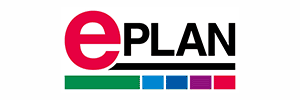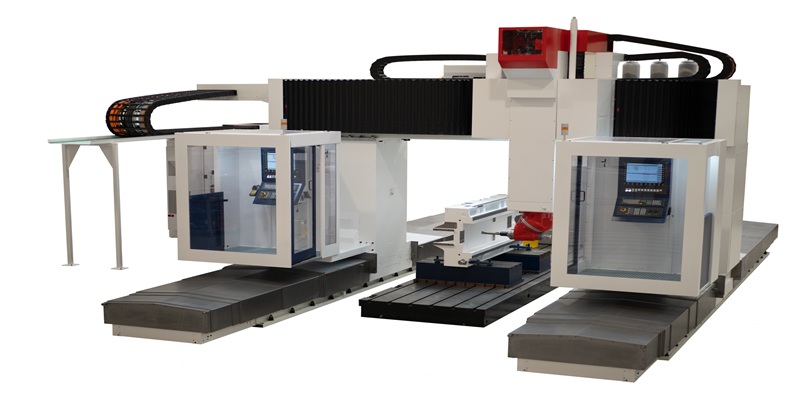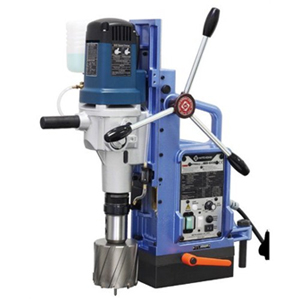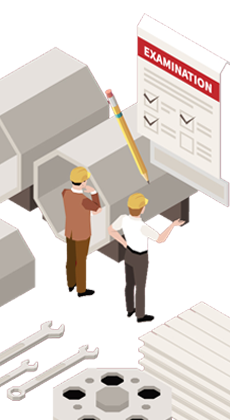Schedule a Call Back
Sustainability benefits of smart meters
 Industry News
Industry News- Sep 03,21

The electrical grid is a marvel of modern engineering that underpins nearly every aspect of society - a complex interconnection that spans the tiniest LED lightbulb and the largest power plants. But as electricity use grows, which it does exponentially, the grid strains. The use of renewable energy sources and new regulations can add to the complexity and strain.
Without the implementation of new technologies and models, we’ll be stuck with an unreliable power system where technical, as well as non-technical parameters, will be neglected. It can lead to significant chaos, harming the interests of various stakeholders. That type of neglect could make commonplace incidents like a 2012 blackout in India that left 230 million without power.
Smart grids are, undoubtedly, the definitive solution for managing electricity distribution in a world dependent on renewable energy.
But what makes grid smarter?
At a core level, the challenges of the grid come down to a simple fact. It needs to produce exactly as much electricity as is demanded. If demand exceeds supply, brown- or black-outs are possible. When supply exceeds demand, power plants may be forced offline to help stabilize frequency and voltage.
Demand fluctuates all the time, from day to night, and from hour to hour. Those demand shifts can be largely predicted based on historical data. Power plants may go on and offline in response to demand. But renewable energy sources change the calculus. They produce power based on factors like weather, which may not match demand.
That’s where smart grids come in. As the smart grid is a two-way system, it will act as a safeguard, automatically rerouting power in case of equipment failure and power outages. They integrate information technologies with renewable energy sources, creating a two-way conversation between suppliers and consumers. This conversation is enabled with smart metering devices, which accurately monitor power consumption at a granular level.
Smart grids enable the efficient transmission of electricity, better restoration of electricity after fluctuations, lower peak demand and power costs for consumers, provide better integration of renewable energy systems with the power grid, improved security and much more.
Smart architecture for a complex world
Smart metering offers substantial benefits like reduced commercial losses, effective monitoring of energy (real-time or near real-time), energy theft detection, enhancements in grid reliability and better revenue management. Furthermore, it enables customers to keep track of their energy consumption, allowing them to adjust their usage as required.
Presently, researchers are more focused on the deployment of more complicated information, communication technologies and control in a multi-layered architecture. The two-way communication between a smart meter and the grid may allow an automated building, for example, to detect when consumption is high. It could, for example, turn off power to uninhabited parts of the building in response, or adjust heating and cooling settings in response.
But that two-way communication adds another layer of complexity, because demand may shift again because of reactions from smart meters, just as the grid brings more power sources online.
Power generated by renewable sources and corresponding action taken by business layers is not predictable. So, it’s imperative that the latest controls are leveraged in the service of smart grids. As the smart grid evolves, it will undoubtedly transform grid operations in the same way the internet did.
The smart grid shows an unmatched scope to move the electrical energy industry into a new milestone of reliability and efficiency that will enhance our environment’s health. Undeniably, this transition period is crucial. The adoption of sophisticated testing and control technologies, raising consumer awareness and implementing regulations and standards for the same would require robust engineering and management protocols.
Source: Institute of Electrical and Electronics Engineers
Related Stories
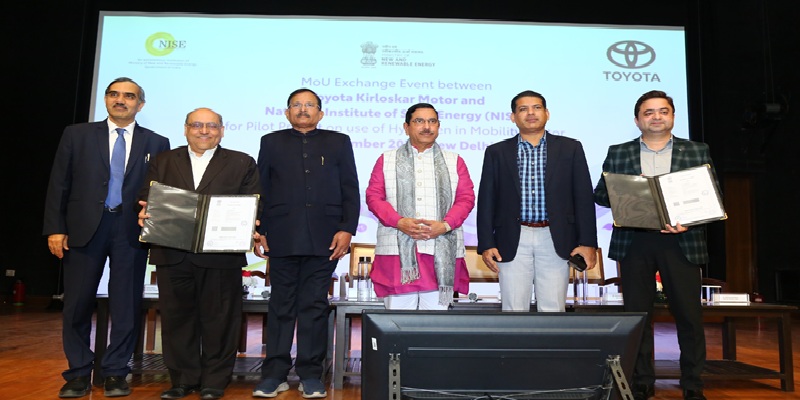
Toyota Kirloskar Motor and NISE partner to advance India’s green hydrogen goals
The partnership represents a critical convergence of industry, research, and national policy to accelerate India’s transition toward a clean, secure, and hydrogen-based energy ecosystem.
Read more
Waaree Energies Sets India First With 1 GW Solar Module Output in a Month
Waaree Energies has become the first Indian solar manufacturer to produce over 1 GW of modules in a single month, marking a major milestone for India’s renewable energy manufacturing sector.
Read more
Vingroup to Invest $ 3 Billion in Telangana to Build Integrated Smart Ecosystem
Vingroup and Telangana sign a $ 3 billion MoU to develop a large-scale smart, green, multi-sector ecosystem spanning urban development, mobility, energy and social infrastructure.
Read moreRelated Products
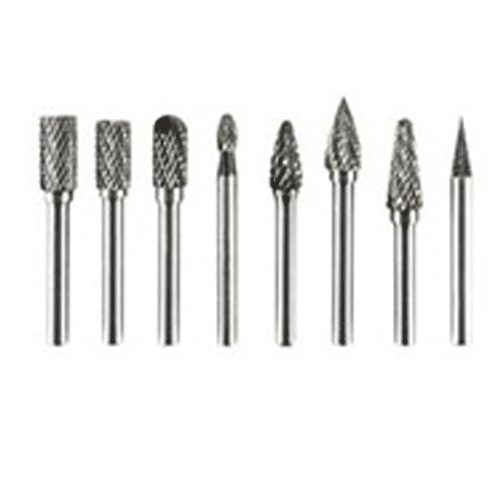
Carbide Burrs
SRT Industrial Tools & Equipments offers a wide range of carbide burrs.
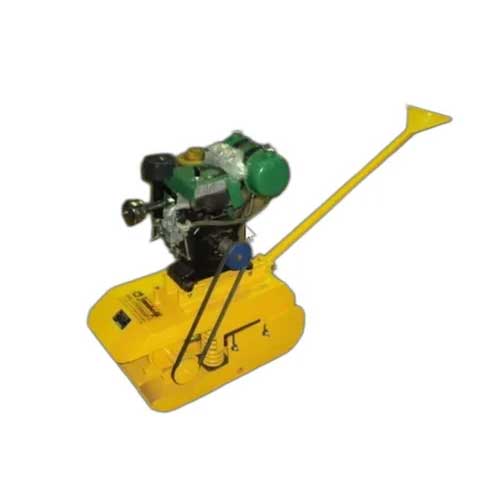
Jamshedji Soil Compactor
Jamshedji Constro Equip Pvt Ltd offers a wide range of jamshedji soil compactor.
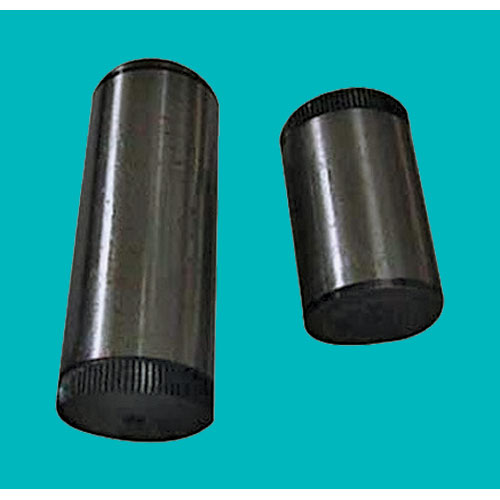
Ground Pins
Hans Machineries Private Limited offers a wide range of pins, hardened & ground. Read more




